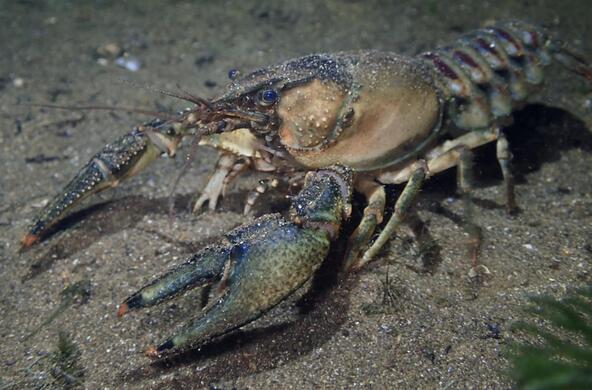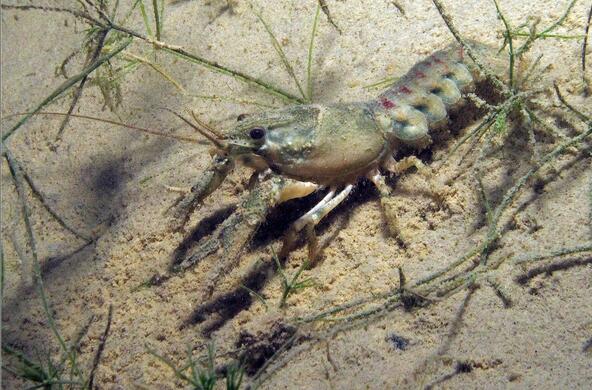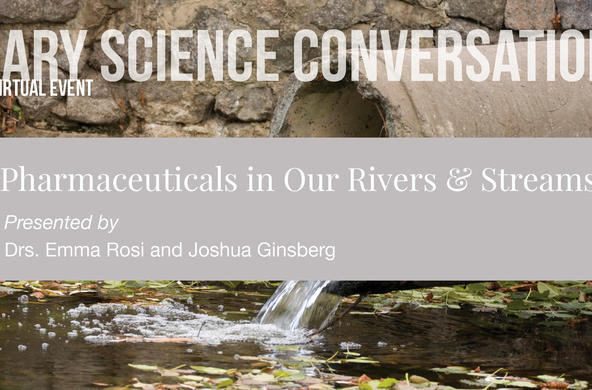
Rosi: You're hearing the paddle wheel cutting into the water which is then pushing the water around this artificial stream so that we have stream flow like a real stream would have.
We're in a room with 20 artificial streams, all part of a study to see how the drugs we use are finding their way into the environment. I'm Jim Metzner and this is the Pulse of the Planet. Emma Rosi is a senior scientist at the Cary Institute of Ecosystem Studies.
Rosi: I'm trying to understand what the effects of pharmaceuticals are on the environment. We know in our everyday lives that we use things like shampoos, detergents, we take drugs. They don't get broken down when we use them. They get down into our sewage system and then they enter aquatic ecosystems, and we've found that there are large numbers of these compounds out in the environment, but we don't understand what the effects are on the ecology.
Rosi: We need artificial streams to study the effects of novel contaminants like pharmaceuticals and personal care products, because out in nature they're found in combinations of 20, 30, 40 different compounds potentially having an effect on the aquatic system. In order to isolate the effects of one compound or a mixture of compounds we need to do it in an artificial setting, so that we can eliminate the other things that are happening out in nature.
We want to do these experiments; we're trying to understand what the effects of pharmaceuticals are on aquatic systems. We don't want to add pharmaceuticals to the environment. We know they're already in the environment. We're trying to understand what they do to the environment, but we don't want to add them out into natural streams. This also allows me to replicate. I have twenty artificial streams, so then I can do a controlled replicated experiment to see what the effects are.
In future programs, we'll hear more about drugs in our rivers, streams and water supply. I'm Jim Metzner and this is the Pulse of the Planet.






